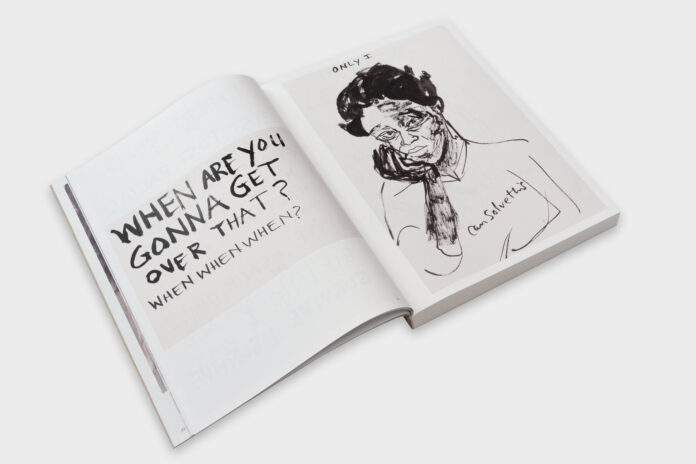It’s no secret that a well-done book illustration can help to bring a story to life for young readers, but did you know that there are specific techniques you can use to make your illustrations POP? By following these ten tips, you’ll be on your way to creating illustrations that are both visually appealing and engaging for young readers and adults alike.
1. Use bright, bold colors.
This is perhaps the most important tip for creating illustrations that pop. Bright, bold colors will help to draw the eye and add interest to your illustrations. Books like “The Very Hungry Caterpillar” and “Where The Wild Things Are” are perfect examples of how effective this can be.
2. Incorporate a variety of textures.
In addition to using bright colors, incorporating a variety of textures into your illustrations can also help to make them pop. This can be anything from adding dimensions with different kinds of paper to using fabric or even actual objects. This is effective if you are thinking of self-publishing children’s picture books because you can add another level of engagement for young readers.
3. Use clean lines and shapes.
Keeping your lines and shapes clean will help to create a more polished look for your illustrations. This doesn’t mean that they have to be perfect, but avoiding clutter will help your illustrations to stand out. You can also use clean lines and shapes to create a sense of movement or action in your illustrations.
4. Make use of negative space.
Negative space is the area around and between the subject of your illustration. Using negative space effectively can help to create a more visually interesting illustration. It can also be used to add depth and dimension to your illustrations.
5. Use perspective.
Perspective can be used to add interest and depth to your illustrations. Playing with different perspectives can give your illustrations a dynamic look that will help them to stand out. Using a bird’s eye view or a worm’s eye view can add a whole new level of interest to your illustrations.
6. Use scale.
Changing the scale of objects in your illustrations can also help to add interest and visually differentiate different elements. This is an especially effective technique if you are illustrating a children’s book since kids often respond well to seeing things from a different perspective. When you use scale in your illustrations, make sure that the proportions of the objects are still accurate so that your illustrations don’t become confusing.
7. Add details.
Adding small details to your illustrations can help to make them more interesting and engaging. This is especially effective when illustrating a scene with multiple characters or elements. Including small details can also help to give your illustrations a more polished look.
8. Use lighting effects.
Adding lighting effects to your illustrations can help to create a sense of depth and dimension. This is another technique that is often used in children’s books since it can help to bring the illustrations to life. You can experiment with different lighting effects to see what works best for your particular illustration.
9. Use shadows.
Shadows can also be used to create a sense of depth and dimension in your illustrations. This is an especially effective technique if you are illustrating a scene with multiple characters or elements. You can experiment with different shadow effects to see what works best for your particular illustration.
10. Have fun!
Remember, the most important thing is to have fun with your illustrations. Experiment with different techniques and see what works best for you. There are no rules when it comes to creating illustrations, so let your creativity run wild!
These are just a few ideas to help you get started. For more tips and advice, be sure to check out our blog or sign up for our newsletter. If you’re thinking of seeking professional help for your book illustrations, make sure to hire only the best.
Do you have any tips for making illustrations pop? Share them with us in the comments below!






